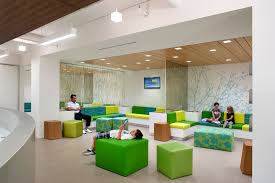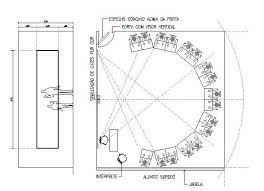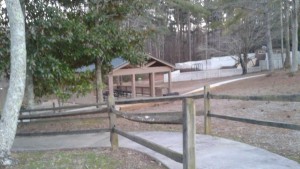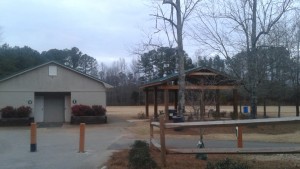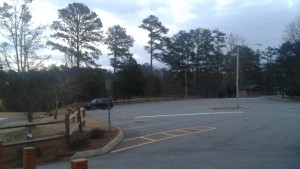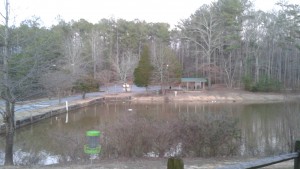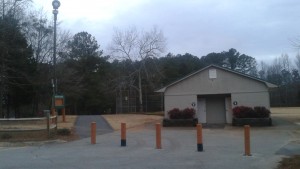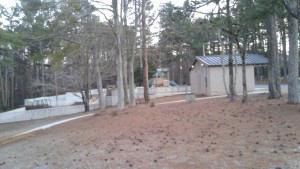Before the article of Christopher D. Brooks, Space and Consequences: The impact of different formal learning spaces on instructor and student behavior, actually begins he says resuming the article, “This article presents the results of a quasi-experimental research project investigating the impact of two different formal learning spaces – a traditional classroom and a technologically enhanced active learning classroom – on instructor behavior, classroom activities, and levels of on-task student behavior at the University of Minnesota. Using time-series data collected as part of a series of classroom observations, we demonstrate that not only are clear differences manifest in terms of what occurred within each space, but that the different classroom types are linked causally to the observed differences in instructor and student behavior.”(Vol.1, Num.2, pg. 1)
At the beginning of article, Christopher is explaining how the technology is being more incorporated in the classrooms of colleges for educational use and for teachers to use that way of teaching in these new classrooms, EDUCAUSE being a culprit of promoting the new technology. There was not a lot of research being done over this, but now researchers were paying more attention to this new technological features in the classrooms. In this research in University of Minnesota found that the classrooms that had more technology, showed an improvement in the students grades than if they were in a normal instructional classroom taking that same subject. The learning spaces were regarded as highly important; they way that the classrooms are made, affect the teacher and students in different ways including what activities they did. (1)
In the article, Christopher shows how important these learning spaces are and how they can affect the way a teacher teaches and a student learns. They measured the amount of satisfaction of the students and teacher with having a new learning facility where instead of relating the space with the teaching the end result of learning. The different programs trying this of creating new spaces, which then could create a different environment for both the students and teachers help with attendance, less failure rates, better grades, and more improvements overall. As Christopher says in his article, TEAL and SCALE-UP teams got together with 3 teachers involved in the Active Learning Classrooms to test and see the affects the environment brought to the teaching and learning. They went through different types of surveys, interviews, groups, and more to have the support for what they were investigating. A very well known award winning biology teacher was going to teach the Biology course in the traditional class format and an ALC class; both at the same times but one being a monday/wednesday and the other a tuesday/thursday. He did not change the way he would teach or how the material was or anything, he kept it all exactly the way it was, but for some reason the students had higher ACT scores in the ALC classroom than in the traditional classroom and also grades wise. Although he said it this was the case, they did not really know what directly caused the students to do better than in the traditional setting of the classroom, so they were going to focus on the indirect effects of this result. (2-3)
Christopher said Data and methods were used to test this theory. What was used was the class discussion, instructor behavior, presentations, the temperature, noise levels, and many more factors. There was an observance of over 208 variables at once that would be happening during the time of this experiment, but they concentrated on the four main variables of: classroom activities, content delivery modes, instructor behavior, and student behavior. It was a lot they did; even charts were made to gather this information.(4-5)
The limited space, physical constraints had the most effect on the instructor. Since with the architecture of the traditional classroom had desks in a more tight compacted way than in the ALC classroom where there was more space and it was more flexible in usage, unfortunately the students were not that on task in the ALC, but there were some discrepancies, so no one really knows. Math models were used. (6-8)
Concluding Christopher said, “In general terms, we have provided empirical evidence of a causal relationship that can be stated best in syllogistic terms: 1) space shapes instructor behavior and classroom activities; 2) instructor behavior and classroom activities shape on-task student behavior; therefore, 3) space shapes on-task student behavior. Specifically, different classroom types are conducive to different outcomes: traditional classrooms encourage lecture at the expense of active learning techniques while ALCs marginalize the effectiveness of lecture while punctuating the importance of active learning approaches to instruction, but both are effective at producing high levels of on-task student behavior.”(8)
Brooks, D. Christopher. “Space and consequences: The impact of different formal learning spaces on instructor and student behavior.” Journal of Learning Spaces [Online], 1.2 (2012): n. pag. Web. 13 Feb. 2016



